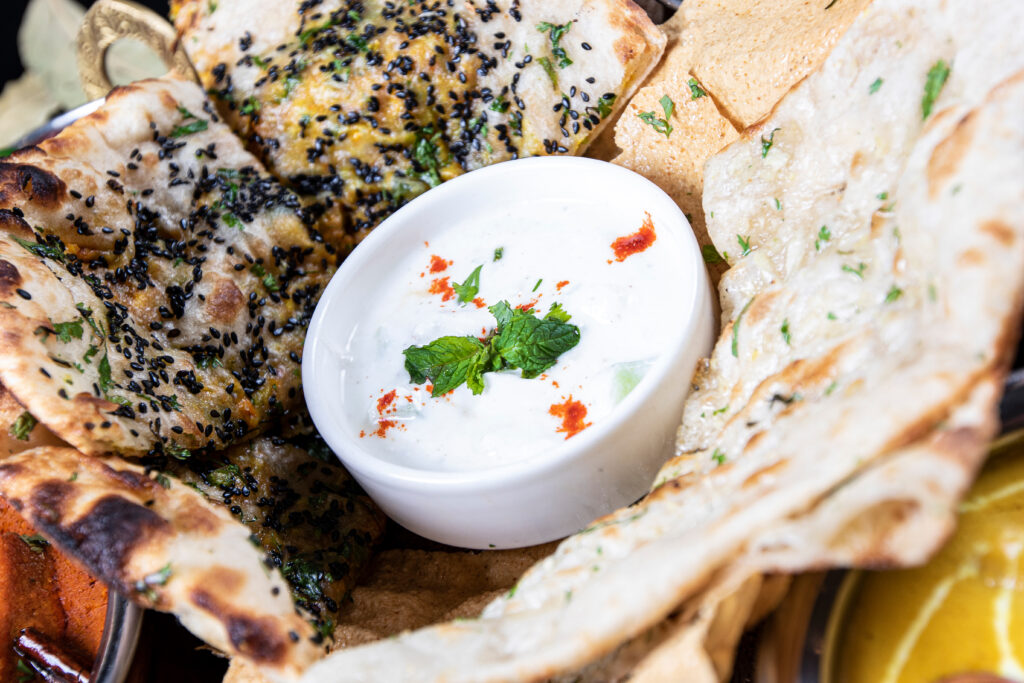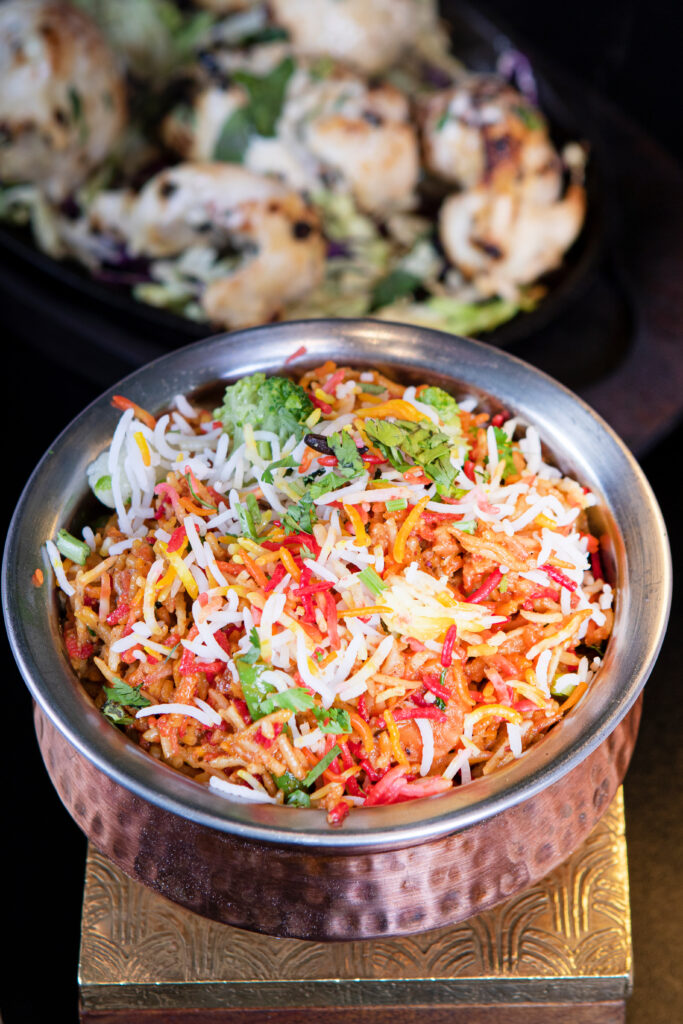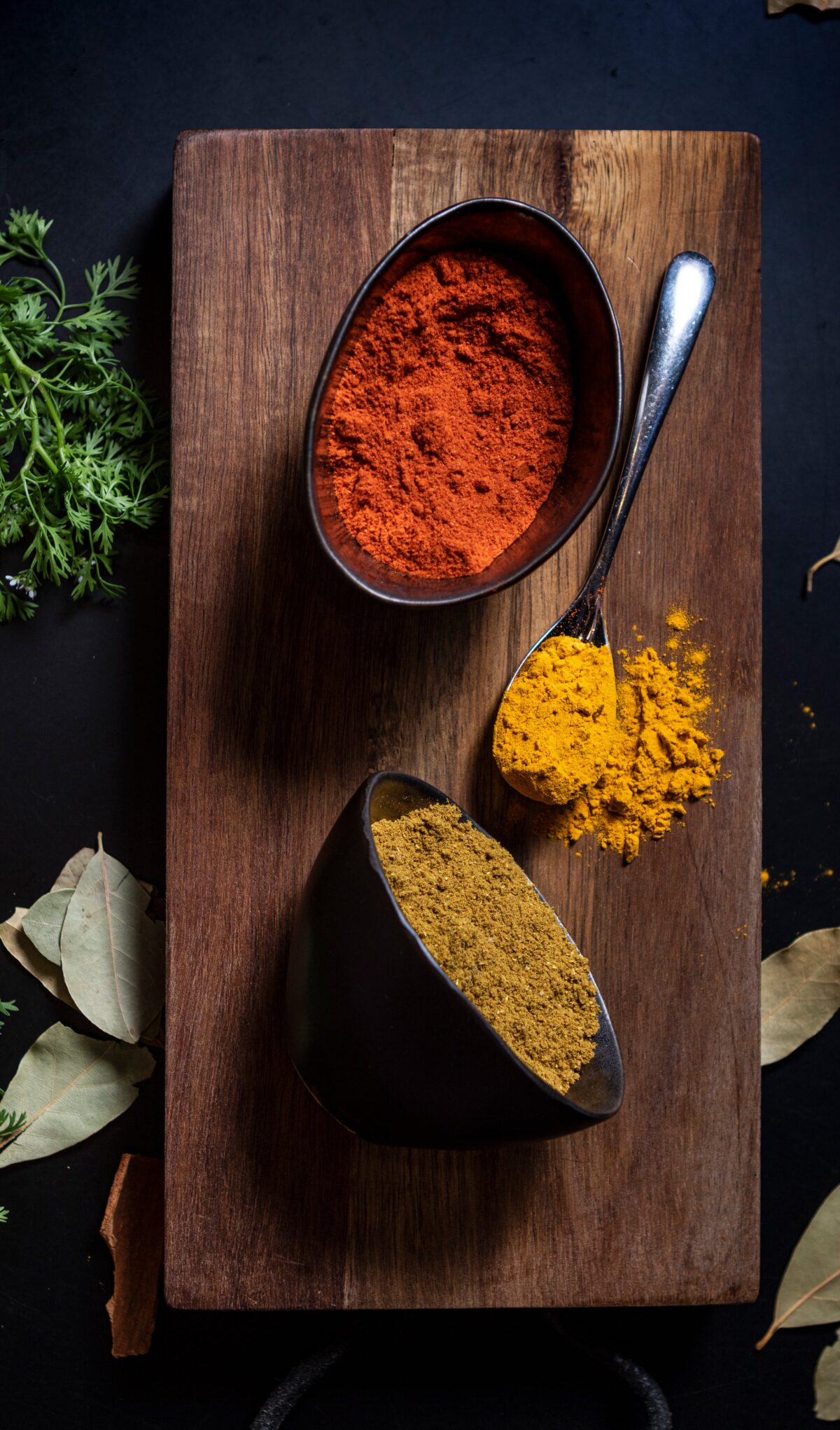Key Ingredients In Indian Cuisine
A cuisine can say much about its nation’s history. Every flavour has a part to play in the telling of a country’s story, and every ingredient comes with its own journey to the final dish. At Shakinah, we feel it’s important to stick to the original culinary narrative, although we don’t mind adding a few of our own embellishments and interpretations along the way. Nonetheless, we’ve always stayed true to the foundations of Indian food, and our chefs have ensured that only the very best selection of these basics come through the kitchen door.
Our Best Selected Indian Spices & Ingredients.
Here’s a breakdown of some of our indispensable staples:
Yoghurt
With over 300 million bovines in its territory, India possesses the largest dairy herd in the world, and is the greatest consumer of dairy produce on record. It’s therefore no surprise that it plays a central role in the Indian diet, with buffalo milk being the nation’s primary source, and the cow revered as a sacred symbol in the Hindu religion. From lassi to raita, paneer and ghee, dairy sets the scene at the Indian table, working in tandem with a rainbow of chillies and spices. Often used as a cooling agent as well as a tenderiser, yoghurt makes its appearance in various forms, such as a marinade for most meats in tandoori, or a base for curry sauces. Most of our meats and seafood at Shakinah are marinaded in yoghurt prior to cooking, and we recommend a side of our own raita recipe to temper your spicy selections. Alternatively, our lassis are a delicious accompaniment to your meal, be they as an apéritif or digestif. A yoghurt-based drink blended with fruit, spices and salt, lassi is an indulgent beverage with a tart flavour and rich texture.
 Photo: Shakinah’s Raita
Photo: Shakinah’s Raita
Coconut
Mainly used in South Indian dishes, or as a vegan alternative to dairy, the coconut is a lucrative drupe from which communities in tropical climates have been benefitting for centuries. As another prominent symbol in Hindu culture, the coconut and its derivatives have served humanity well. While the coconut’s shell and tree trunk are used as a source of charcoal and timber respectively, the fruit itself has given cuisine coconut water, oil, milk, cream and the flesh itself. Coconut cream or milk is mainly used as a sauce thickener along with the masala, giving a mild but tangy punch to the dish. At Shakinah, we like to use fresh coconut in all our Madras dishes, but it is especially tasty in our Sakuti, where prawns a served in a roasted coconut and onion sauce.
Paneer
Another dairy hero in the Indian glossary, paneer is India’s answer to the Mediterranean’s halloumi. A semi-hard cheese that doesn’t melt, paneer is made from curdled buffalo milk that is set with an acidic substance such as lemon juice. Though not as salty as halloumi, paneer’s dense and chewy texture renders it a filling alternative to meat and fish, and can be added to any masala sauce, such as tikka masala or sometimes even chana masala. Its star appearance however is in palak paneer, where cubes of this succulent cheese are immersed in an aromatic emerald green spinach puree. At Shakinah, we also feature a decadent paneer pakora which are smothered in gram flour and deep fried. Do try!
Basmati Rice
As the largest exporter of rice in the world, India’s national economy is heavily dependent on the production of its rice. Rice is the country’s most dominant crop, and its hot and humid weather, as well as heavy rainfall, offers the perfect environment for rice cultivation. The Basmati grain is the most common in Indian cuisine, providing a fluffy carbohydrate with a nutty hint. Biryani dishes, originating from the Muslim communities in India, feature a rice dish that celebrates aromatic spices mixed with cut meat or seafood. Shakinah’s Chicken Biryani with saffron is a star attraction, as is our classic pilau rice with cardamom, cinnamon and turmeric.
 Photo: Shakinah’s Pilau Rice
Photo: Shakinah’s Pilau Rice

